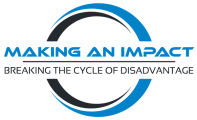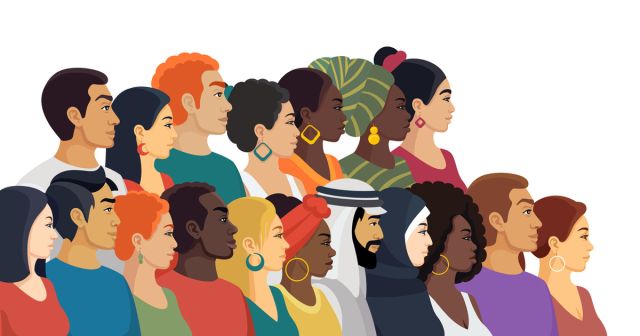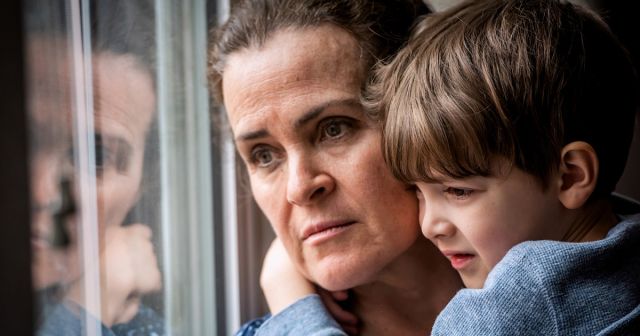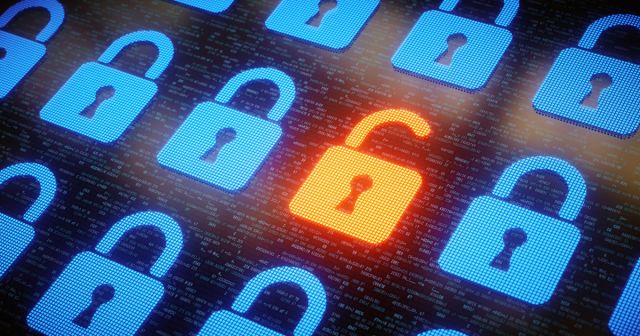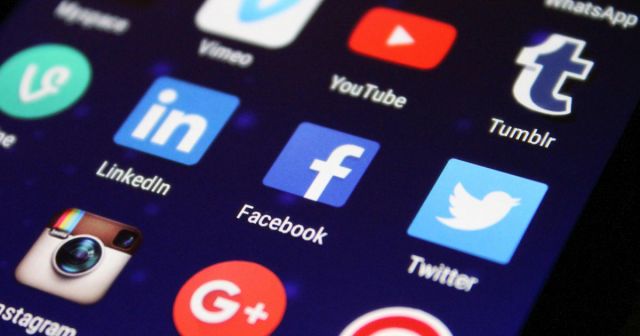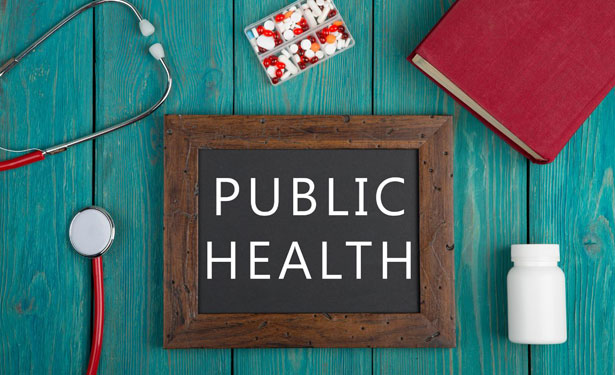Navigating the world of prescription medications can be challenging, even for those with health insurance. Understanding how to save on prescriptions is crucial for managing costs effectively.
Timely and accurate information is power and can make the difference between surviving and thriving. Resources have the potential to drastically improve lives—but only if people know how to access them.
While health insurance is essential, addressing the broader social determinants that influence overall health is equally important. By doing so, we can improve health equity and outcomes within our communities.
When nonprofits combine their resources, share their expertise, and amplify their voices, they build a stronger, more connected community.
In the dynamic realm of service provision, it’s tempting to stay fixated on your organization’s mission alone. But what if I revealed a path that could not only broaden your horizons but also amplify your effectiveness, engagement, and overall impact?
In nonprofit work—whether in healthcare, education, emergency services, or any other sector—we are deeply immersed in the daily rigors of serving others, whether directly or indirectly.
Helping people find basic needs programs and services often alleviates their immediate challenges and contributes to long-term well-being, economic stability, and community cohesion.
Here are a few key ways nonprofits can harness and benefit from the true potential of social media to make a profound difference.
Up to about 30 percent of prescriptions written by a licensed healthcare provider are never filled.
As the nation continues to recover from the most influential public health crisis many of us will experience, it has been a time to reflect on what we have experienced and the five reasons for the continued need for Public Health.
